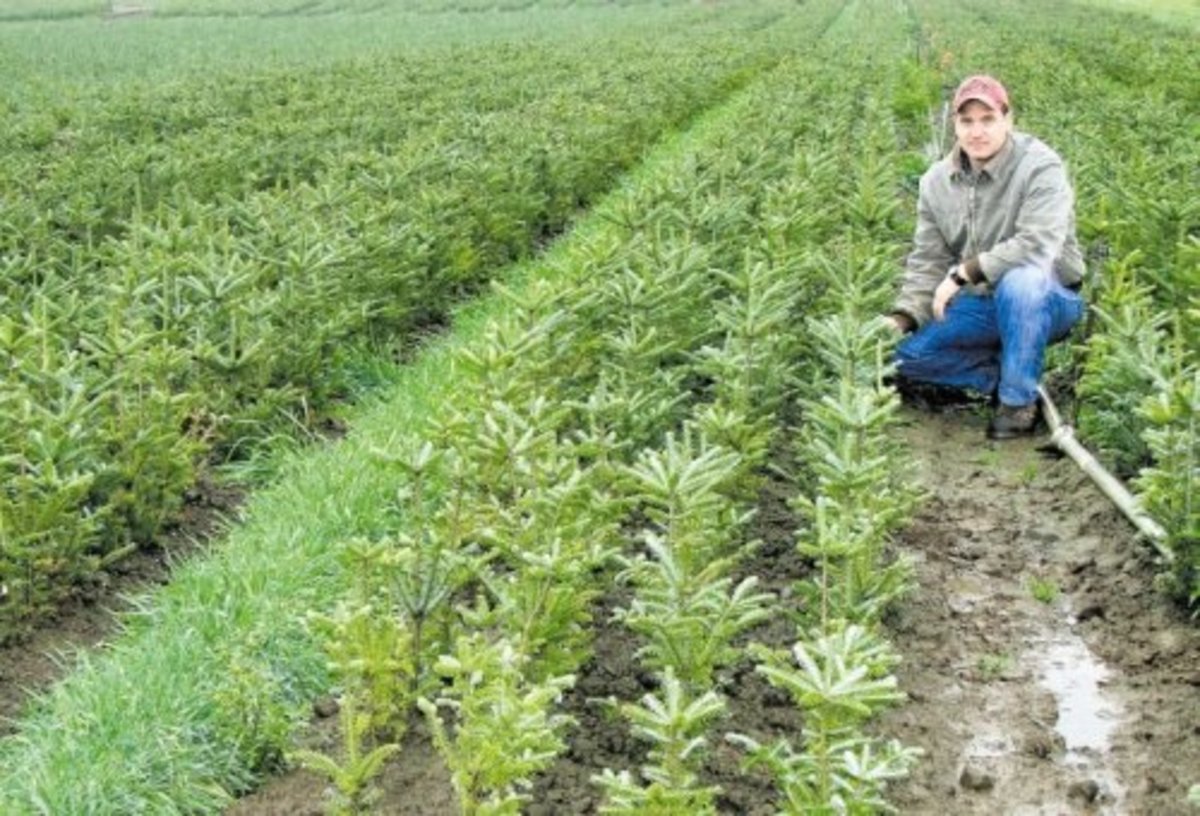Exactly How Commercial Farming vs Subsistence Farming Affects Food Safety Worldwide
Exactly How Commercial Farming vs Subsistence Farming Affects Food Safety Worldwide
Blog Article
Exploring the Differences Between Commercial Farming and Subsistence Farming Practices
The dichotomy in between industrial and subsistence farming techniques is marked by varying objectives, functional scales, and resource usage, each with extensive ramifications for both the setting and culture. Commercial farming, driven by earnings and effectiveness, commonly employs innovative modern technologies that can bring about considerable environmental worries, such as dirt destruction. Conversely, subsistence farming emphasizes self-sufficiency, leveraging standard techniques to sustain household needs while supporting area bonds and social heritage. These contrasting practices increase fascinating inquiries regarding the equilibrium in between financial growth and sustainability. Exactly how do these divergent methods shape our world, and what future directions might they take?
Economic Goals
Economic goals in farming practices usually dictate the techniques and scale of procedures. In business farming, the main economic goal is to optimize revenue.
In comparison, subsistence farming is mainly oriented in the direction of meeting the immediate needs of the farmer's household, with surplus production being minimal - commercial farming vs subsistence farming. While industrial farming is profit-driven, subsistence farming is centered around sustainability and resilience, mirroring a fundamentally different collection of economic imperatives.

Scale of Procedures
The difference between industrial and subsistence farming ends up being specifically noticeable when considering the range of procedures. The range of commercial farming enables for economic situations of range, resulting in minimized costs per system with mass production, increased effectiveness, and the ability to spend in technical improvements.
In stark contrast, subsistence farming is usually small-scale, focusing on generating just enough food to satisfy the prompt needs of the farmer's family members or local community. The land area included in subsistence farming is often limited, with less accessibility to modern-day technology or automation.
Source Application
Resource use in farming methods reveals substantial differences between industrial and subsistence strategies. Commercial farming, defined by large-scale procedures, frequently uses advanced technologies and mechanization to maximize making use of sources such as land, water, and fertilizers. These methods enable for boosted efficiency and higher efficiency. The emphasis gets on making best use of results by leveraging economies of scale and releasing sources strategically to make sure consistent supply and profitability. Precision farming is progressively adopted in business farming, making use of information analytics and satellite technology to check crop health and wellness and enhance resource application, more boosting yield and source efficiency.
In comparison, subsistence farming runs on a much smaller sized scale, mostly to fulfill the instant requirements of the farmer's household. Resource usage in subsistence farming is typically restricted by economic restraints and a reliance on conventional strategies.
Ecological Impact

Alternatively, subsistence farming, exercised on a smaller sized scale, usually utilizes traditional techniques that are extra in harmony with the surrounding atmosphere. While subsistence farming usually has a reduced ecological impact, it is not without obstacles.
Social and Cultural Implications
Farming practices are deeply intertwined with the social and social material of neighborhoods, influencing and mirroring their values, practices, and financial frameworks. In subsistence farming, the emphasis is on cultivating enough food to meet the instant requirements of the farmer's family members, usually promoting a solid sense of neighborhood and shared duty. Such techniques are deeply rooted in regional traditions, with expertise passed down through generations, thus maintaining cultural heritage and reinforcing public connections.
Conversely, industrial farming is mainly driven by market needs and productivity, usually resulting in a change in the direction of monocultures and large-scale procedures. This method can lead to the disintegration of standard farming practices and social identifications, as local personalizeds and expertise are supplanted by standardized, industrial approaches. In addition, the focus on efficiency and earnings can occasionally lessen the social communication located in subsistence neighborhoods, as financial deals replace community-based exchanges.
The dichotomy in between these farming practices highlights the wider social ramifications of farming selections. While subsistence farming supports cultural continuity and neighborhood connection, industrial farming aligns with globalization and economic growth, typically at the price of typical social structures and multiculturalism. commercial farming vs subsistence farming. Stabilizing these elements continues to be a crucial difficulty for sustainable farming growth
Verdict
The assessment of business and subsistence farming practices reveals substantial differences in purposes, range, source use, ecological impact, and social ramifications. Industrial farming prioritizes earnings and efficiency via large-scale additional info operations and advanced innovations, often at the expense of ecological sustainability. On the other hand, subsistence farming emphasizes self-sufficiency, making use of traditional methods and regional sources, therefore advertising cultural preservation and area cohesion. These contrasting approaches highlight the intricate interplay in between economic growth and the demand for socially inclusive and ecologically lasting farming techniques.
The dichotomy in between business and subsistence farming practices is noted by differing goals, functional ranges, and resource usage, each with profound ramifications for both the atmosphere and culture. While business farming is profit-driven, subsistence farming is focused around sustainability and durability, showing a basically various collection of financial imperatives.
The distinction in between business and subsistence farming ends up being specifically obvious when taking into consideration the range of operations. While subsistence farming sustains cultural continuity and community connection, commercial farming straightens with globalization and economic development, frequently at the price of standard social structures and cultural variety.The examination of business and subsistence farming practices exposes considerable differences in goals, scale, resource usage, environmental effect, and social implications.
Report this page